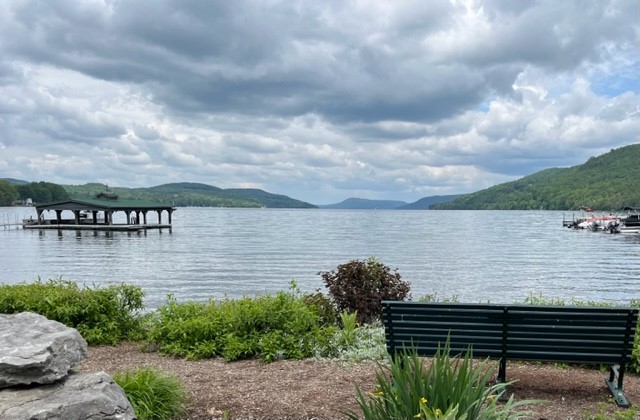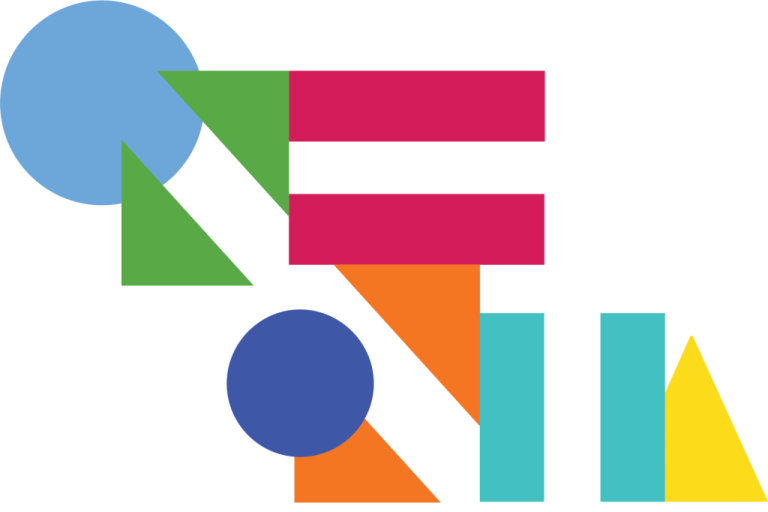
Editorial of October 12, 2023
Resurrect WQCC, Please
The Otsego County Water Quality Coordinating Committee was established in 1992 as a sub-committee of the Otsego County Soil and Water Conservation District. WQCC membership was ad hoc and open to any agency, organization or individual demonstrating an interest in non-point source water pollution and source water protection.
According to the New York State Department of Environmental Conservation, the Clean Water Act was amended in 1987 (Section 319) “to address nonpoint sources of pollution, such as rainwater that collects contaminants as it runs over streets, parking lots, and farms, ultimately ending up in a nearby stream or lake. Congress chose not to address nonpoint sources of pollution through a regulatory approach, like it did for wastewater point sources. Rather, it created a federal grant program that provides money to states, tribes, and territories to develop and implement nonpoint source management plans. Under this program, DEC receives annual grants that support a variety of activities, including technical assistance, training, and monitoring to assess the success of nonpoint source pollution reduction projects.”
The formation of WQCCs across New York State was in response to Section 319 seed money passed through DEC and given in turn to the New York State Department of Agriculture and Markets. Initially, Ag and Markets invited WQCCs to develop water quality strategies specific to their counties in order to receive mini-grant funds. At the same time, DEC realized that an effective nonpoint source reduction program required local input and guidance, further solidifying the need for counties to identify and address their local water quality issues in a coordinated effort.
Pass-through of CWA Section 319 mini-grants ended in 2004. In order to better satisfy the educational component of its mission, the Otsego County WQCC restructured its monthly meetings in 2010 to include free public information sessions which were well attended and covered regularly by local media. In 2019 or thereabouts, the Otsego WQCC stopped meeting. Prior to that, the group was gathering on a regular basis to both collaborate and educate. Its members had technical expertise and valuable knowledge to share, and they were committed to working to improve and maintain the quality of water in Otsego County through the reduction of nonpoint source pollution within its boundaries. Representatives from the county’s various lake organizations (Arnold, Canadarago, Goodyear and Otsego), conservation organizations (Otsego County Conservation Association, Otsego Land Trust, Otsego 2000), and county entities (OCSWCD, Natural Resources Conservation Service, Otsego County Planning Department) sat down regularly with DEC and Department of Health officials to provide updates and develop strategies to mitigate nonpoint source pollution. The SUNY Oneonta Biological Field Station, the Village of Richfield Springs Wastewater Treatment Plant, the Otsego Lake Watershed Supervisory Committee, Cornell Cooperative Extension, the Village of Cooperstown and what is now Southern Tier 8 were among the active WQCC members as well.
From 2010-2016, the WQCC was arguably at its most active. It sponsored the popular Otsego Lakes Festival, now defunct. WQCC-organized educational presentations to the public included such topics as microplastics, the Goodyear Lake Management Plan, water quality programs offered by NRCS and DEC’s Trees for Tribs riparian buffer program. The committee awarded mini-grants to such entities as Friends of Glimmerglass State Park and the Canadarago Lake Improvement Association through a competitive application process. Business meetings kept member organizations up to date on all things water-quality related, including aquatic invasive species control, boat steward/inspection efforts, the Otsego Lake septic system management program and so much more. Back in October of 2013, then-head of Otsego County SWCD Scott Fickbohm was even in discussion with representatives of the Environmental Protection Agency, who were considering using the Otsego County WQCC as a model for others to follow.
Why did the WQCC disband? It doesn’t matter. What does matter is that the same water quality concerns exist today that were being addressed in the WQCC’s “Otsego County Nonpoint Source Water Quality Strategy” document– introduction of invasive species, runoff of nutrient sediments from construction and agriculture, on-site wastewater, storage and application of deicing agents, etc. And now, with the growing prevalence of harmful algal blooms on everyone’s radar, we think the time has come to resurrect the WQCC. This group has done so much good work for Otsego County water resources in the past. Surely reformation of the WQCC deserves consideration as we look to the future.






Has the new leader of the Soil & Water district been sent a copy of this fine article?